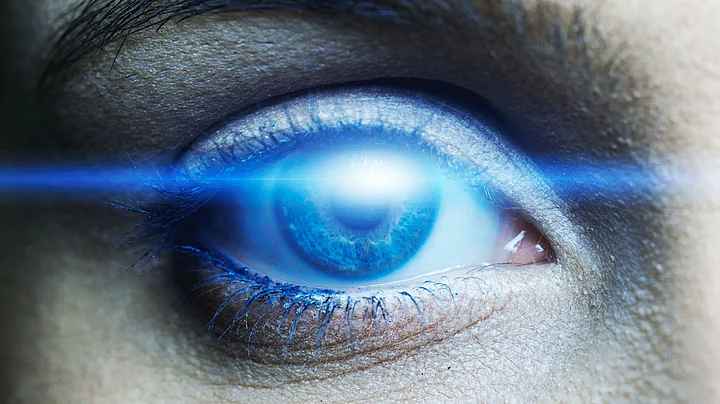Augmented Reality (AR) glasses can help people with low vision better navigate their environment as the eye-wearable device managed to enhance mobility and function in patients who have difficulty with peripheral vision or seeing in low light, say researchers.
The research was conducted with patients suffering from retinitis pigmentosa, an inherited degenerative eye disease that results in poor vision.
The team from Keck School of Medicine at University of Southern California (USC) found that adapted AR glasses can improve patients' mobility by 50 per cent and grasp performance by 70 per cent.
"Current wearable low-vision technologies using virtual reality are limited and can be difficult to use or require patients to undergo extensive training," said Mark Humayun, Professor of Ophthalmology at the Keck School.
"Using a different approach -- employing assistive technology to enhance, not replace, natural senses -- our team adapted AR glasses that project bright colours onto patients' retinas, corresponding to nearby obstacles," Humayun informed.
Patients with retinitis pigmentosa wore adapted AR glasses as they navigated through an obstacle test.
Using video of each test, researchers recorded the number of times patients collided with obstacles, as well as the time taken to complete the course.
The patients averaged 50 per cent fewer collisions with the adapted AR glasses.
Patients also were asked to grasp a wooden peg against a black background -- located behind four other wooden pegs -- without touching the front items. They demonstrated a 70 per cent increase in grasp performance with the AR glasses.
Patients with retinitis pigmentosa have decreased peripheral vision and trouble seeing in low light, which makes it difficult to identify obstacles and grasp objects.
"They often require mobility aids to navigate, especially in dark environments," Anastasios N. Angelopoulos, study project lead, said in a university statement.
The AR system overlays objects within a six-foot wireframe with four bright, distinct colours.
In doing so, the glasses provide visual colour cues that help people with constricted peripheral vision interpret complex environments, such as avoiding obstacles in dimly lit environments.
To accomplish this, researchers used a process called simultaneous location and mapping, allowing the AR glasses to fully render the 3D structure of a room in real time.
According to Humayun, while major cost and technical issues remain, this type of assistive technology could eventually become more practical for everyday use in the near future.
"Through the use of AR, we aim to improve the quality of life for low vision patients by increasing their confidence in performing basic tasks, ultimately allowing them to live more independent lives," Angelopoulos added.

